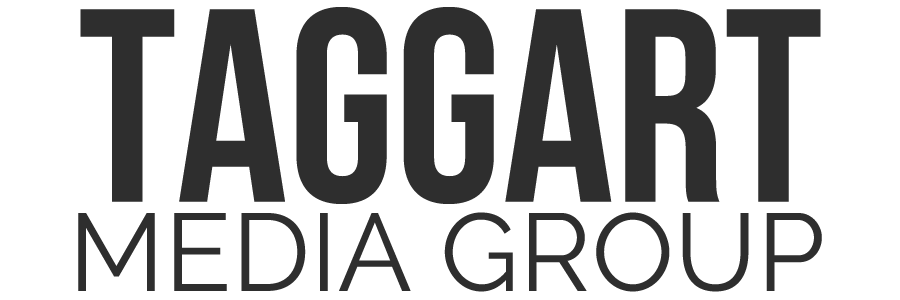5 Ways to Optimize Your WordPress Website for Better Performance
The design and content of your website are two essential elements in establishing a high-quality, reputable online presence. However, no matter how well-planned, curated, and optimized your website is, there is only a small window of opportunity for businesses to convince visitors to explore their website.
As of 2018, the recommended page load time is under three seconds. In that regard, speed plays a significant role in the first impression of a user’s experience, and websites that take long to load can make a negative impact on your traffic.
On the other hand, high-performing websites will result in higher return visits, increased conversions and engagement, lower bounce rates, and an overall better ranking in your organic search. In that regard, this article aims to give tips on how to improve your website’s performance and page load time.
Tip #1: Determine Your Website Speed
The best way to know if your website needs to work on its pace is by checking it out for yourself. There are multiple tools online that can help you assess your website’s performance, such as Google Pagespeed Insights, Pingdom, YSlow, and GTmetrix.
Using these speed load tools will help pin down your website’s pain points and help determine what slows down your site.
Tip #2: Use a Content Delivery Network (CDN)
Many host their website using a single server, which means that all user requests are sent to the same hardware. This tends to overwork the process as the request increases, which ultimately slows down your page load time.
Meanwhile, CDN is a set of web servers that are distributed across various geographical locations that helps provide content by redirecting them to the nearest server based on their location.
This allows for a quicker exchange of data, allowing users to explore your website instantly.
While CDN can be costly, it is an effective way of optimizing your page’s load time, which will help you have more significant returns in the long run.
I personally recommend Cloudflare and use their CDN service for a majority of my clients.
Tip #3: Move to a Better Host
When speaking of servers, there are three types you can choose from: shared hosting, virtual private server (VPS) hosting, and dedicated servers.
Shared hosting is the most commonly used due to it being the least expensive, and is also the fastest way to get your site up and running online.
However, websites that use this tend to be slower as it shares your CPU, disk space, and RAM with other sites that also use the server. Meanwhile, virtual private servers use multiple servers for content distribution, making your site faster and more efficient with its use of time.
This is best used for e-commerce websites that have a constant stream of visitors and a content filled with vibrant images or videos. The most costly yet highly-effective, on the other hand, is dedicated servers.
With this, you pay rent for a server and have a system administrator handle it, allowing you versatility and full control over your resources.
Tip #4: Optimize the Size of Images On Your Website
Images, GIFS, or videos are vital features to a successful website, as it is eye-catching and serves as a visual point of interest for users. These are especially important for eCommerce websites as the quality photos of their products or services help to retain the attention of potential customers, while other businesses use images to boost their engagement.
In that regard, the drawback to using rich-quality imagery is that it can cause your website to slow down due to its large files. Fortunately, there are tools to help you adjust the image size without sacrificing its quality, such as ImageOptim, JPEGmini, or Kraken.
I personally use TinyPNG for optimizing images on all of our websites.
Another way to compress the images is to use the HTML responsive images, which adjust your image size based on user display properties.
Tip #5: Reduce CSS and JavaScript
Not all characters or features should be on display, and minimizing resources allows you to remove unnecessary elements from your HTML, JavaScript, and CSS such as white space characters, newline characters, comments, and block delimiters, all of which are not required to load.
If you’re looking for a WordPress speed optimization service to help speed up your site, get in touch with us today! We have extensive experience in improving the load time of WordPress sites. Our promise to you: if we cannot get your site to load in 3 seconds or less, 100% Money Back Guaranteed!
